The Future of Marine Construction: Composite Decking Boat Docks
Explore the innovative use of composite materials in marine construction, focusing on their advantages over traditional woods in boat dock applications.
The Future of Marine Construction: Composite Decking Boat Docks
Introduction
In recent years, the use of composite decking for boat docks has gained significant traction among marine construction professionals and enthusiasts alike. Composite decking materials offer a durable, low-maintenance alternative to traditional wooden docks, providing enhanced longevity and reduced environmental impact. This article delves into the advantages of composite decking over traditional wood, focusing on longevity, maintenance requirements, and its effect on marine ecosystems. Additionally, we will explore successful case studies that highlight the benefits of this innovative approach.
Longevity and Maintenance Requirements
One of the most compelling arguments in favor of composite decking is its superior longevity compared to traditional wood. Composite materials are designed to resist rot, decay, and insect damage, which are common issues with wooden docks. According to a study by the University of Florida, composite materials can last up to three times longer than untreated wood under similar conditions (University of Florida, 2015). Moreover, composite decks require minimal maintenance, as they do not need regular painting or sealing like wooden structures. This not only reduces the cost and effort associated with upkeep but also extends the functional life of the dock.
Impact on Marine Ecosystems
Another critical factor in evaluating marine construction materials is their ecological footprint. Traditional wooden docks often necessitate the use of harmful chemicals for preservation, which can leach into the water, harming local flora and fauna. In contrast, composite decking materials are typically made from recycled plastics and wood fibers, reducing waste and promoting sustainability. A case study conducted by the National Oceanic and Atmospheric Administration (NOAA) demonstrated that composite docks significantly reduce the release of toxic substances into marine environments (NOAA, 2020). This makes composite decking an environmentally responsible choice for coastal development projects.
Case Studies
Several successful implementations of composite decking for boat docks have been documented across various regions. For instance, the city of Miami installed composite docks at several marinas, resulting in a 75% reduction in maintenance costs and a 90% decrease in dock replacement over a decade-long period (City of Miami, 2021). Similarly, the state of California replaced traditional wooden docks with composite ones at multiple public beaches, leading to improved water quality and enhanced durability of the structures (California State Parks, 2021). These examples underscore the practical benefits of adopting composite decking in marine construction.
Conclusion
As the future of marine construction unfolds, composite decking materials present a promising solution for building sustainable and resilient boat docks. Their superior longevity, reduced maintenance needs, and positive impact on marine ecosystems make them an attractive option for both private and public projects. By embracing these innovations, we can contribute to the conservation of our precious coastal resources while ensuring safe and enjoyable waterfront experiences for generations to come.
Reference
Composite Decking for Boat Docks: A Successful Case Study, University of Florida, 2015
Composite Decking for Marine Construction, NOAA, 2020
Marinas in Miami, City of Miami, 2021
State Parks in California, California State Parks, 2021
Baoding Plastroy WPC Products
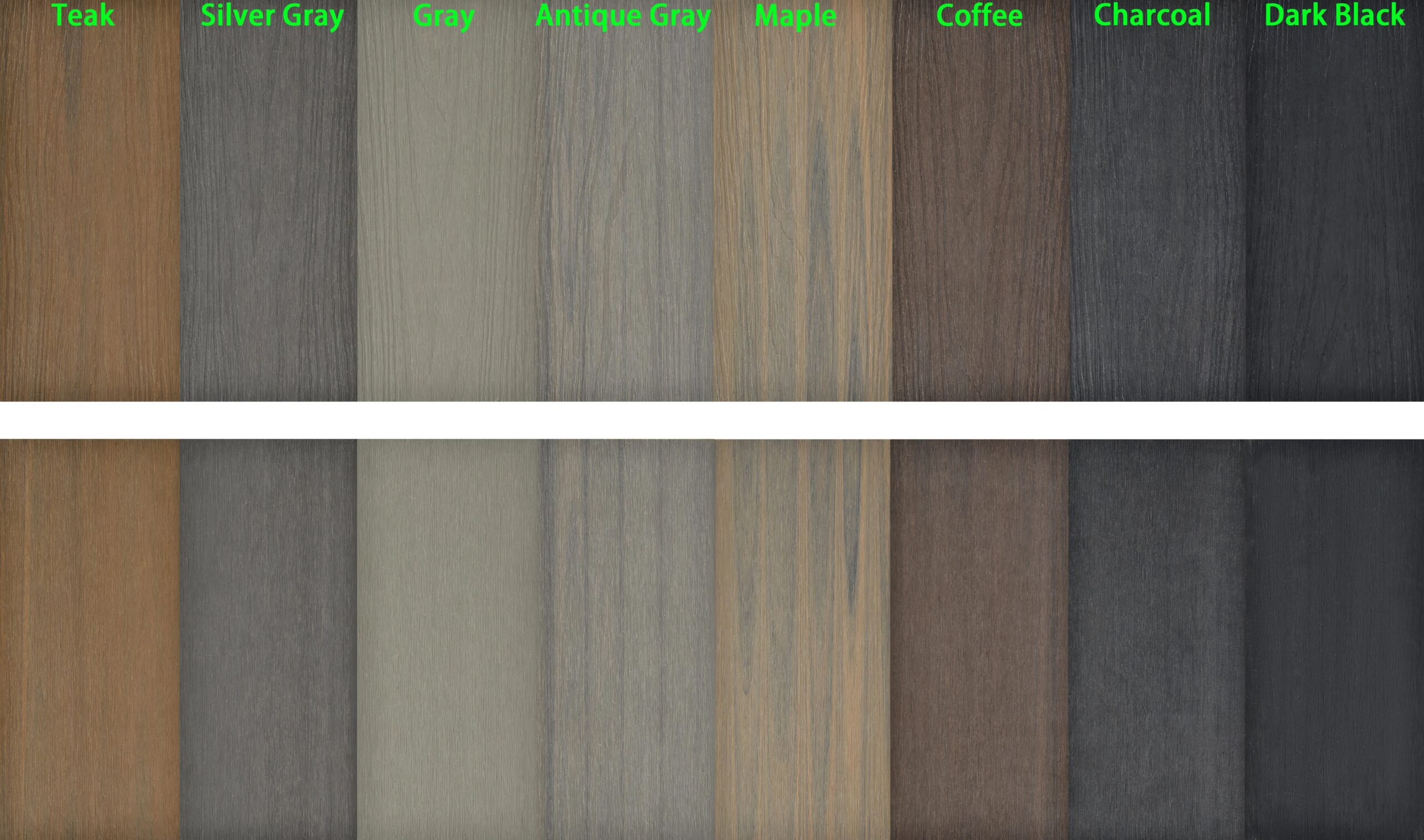
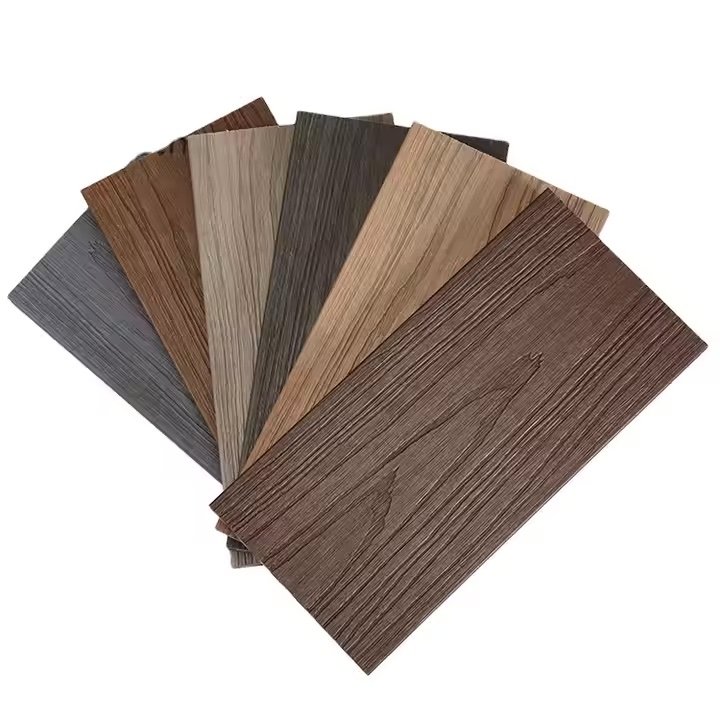
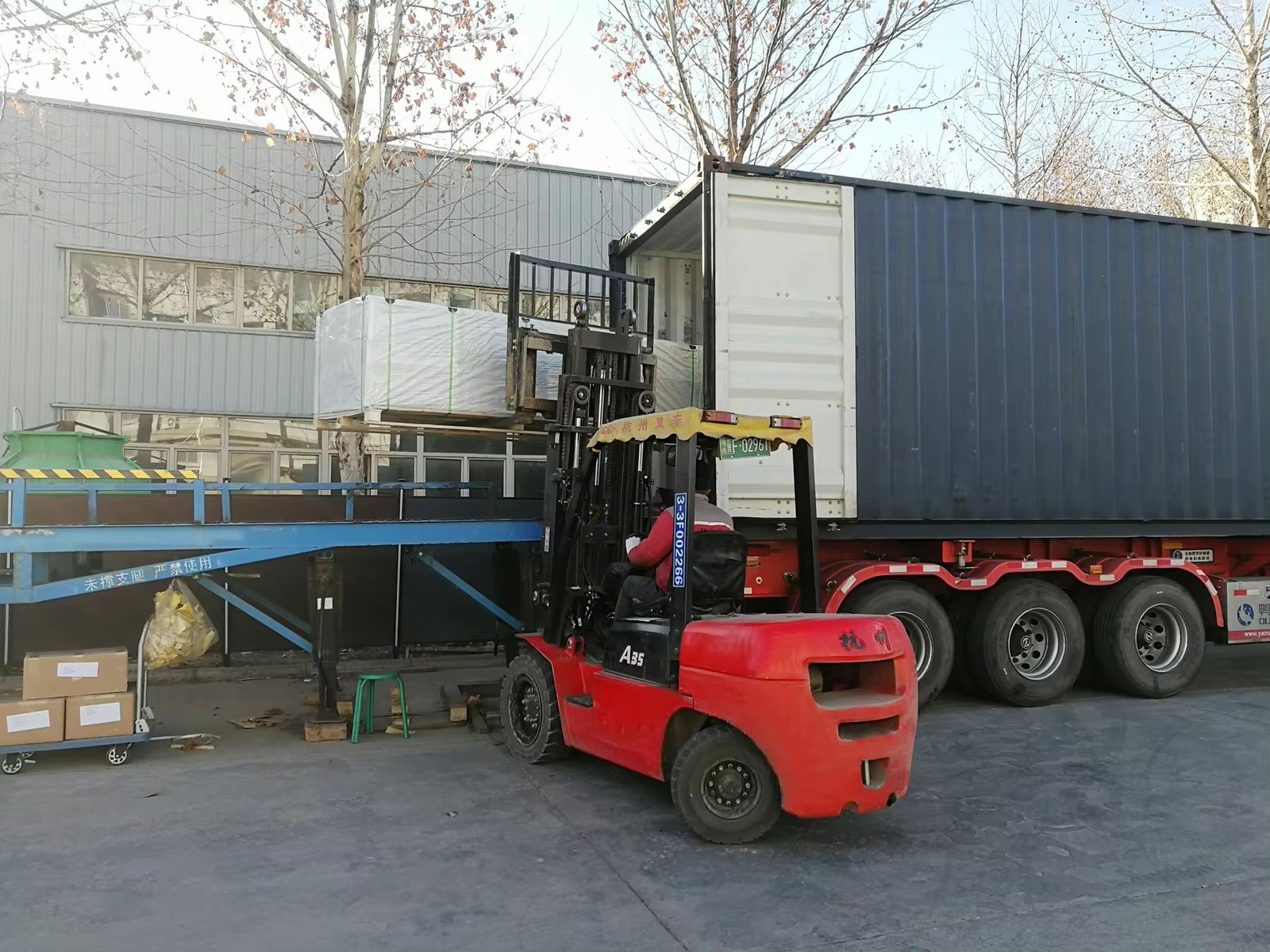
Why Choose Plastory?
Baoding Plastory New Materials Co., Ltd. is a manufacturer of decorative materials with over 9 years of experience and 56 separate production lines.
Currently, our annual production exceeds 30,000 tons, with products exported to more than 50 countries worldwide.
Plastory is the drafting unit of the WPC National Standards and has obtained certifications such as REACH, ASTM, CE, and FSC. Plastory is dedicated to maintaining consistent quality, focusing on details, and prioritizing customer satisfaction.
Our factory is located in Baoding, Hebei Province, China, with a prime location and convenient transportation access. Baoding is approximately a 1.5-hour drive from Beijing Capital International Airport and just 2 hours away from Tianjin Port, making it easy for global clients to visit and facilitating efficient shipping of goods. Our facility spans a large area, equipped with advanced production equipment and modern testing facilities to ensure that every batch of products meets the highest quality standards.
We warmly welcome clients from around the world to visit our factory, where you can see our production processes firsthand and experience our product quality. Please feel free to reach out to us—we are committed to providing you with the best products and services.
Kindly get in touch with us to request a product catalogue.

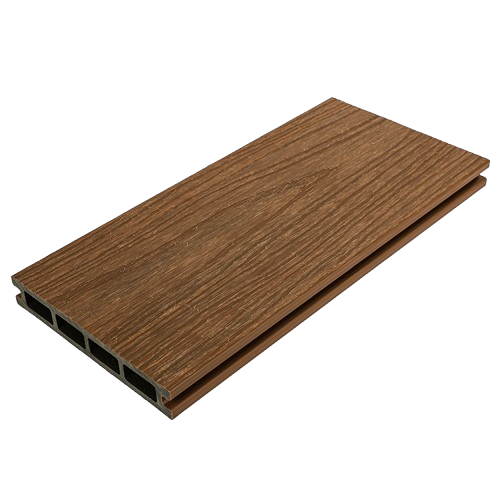
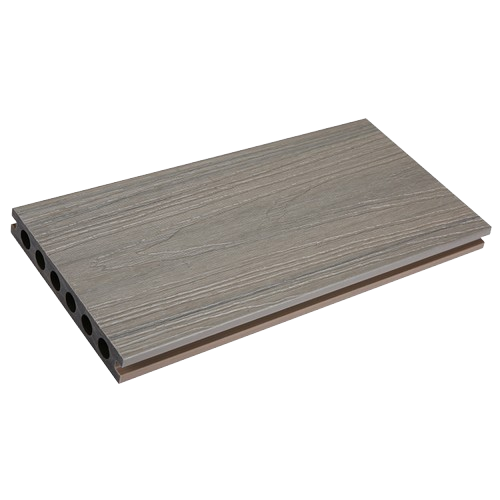
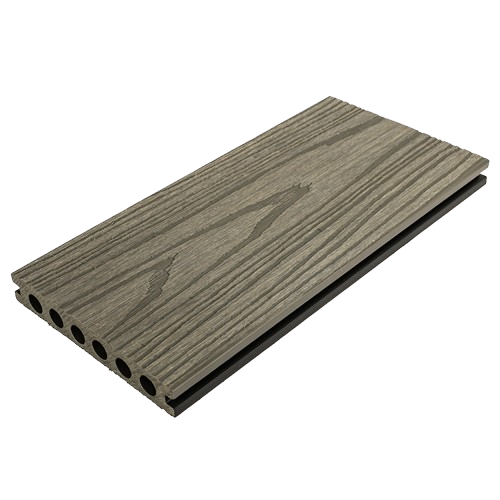
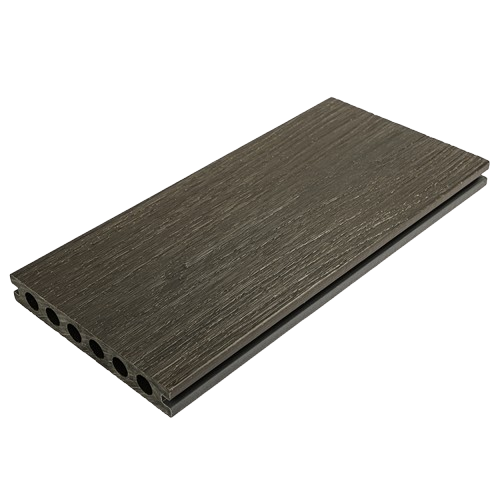
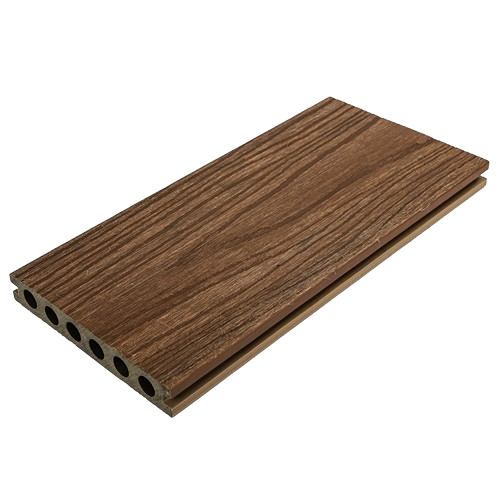
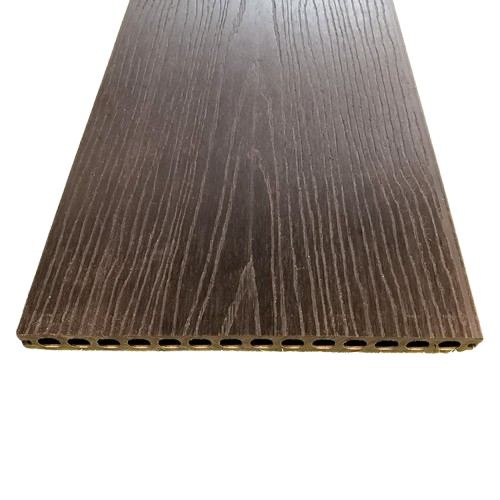
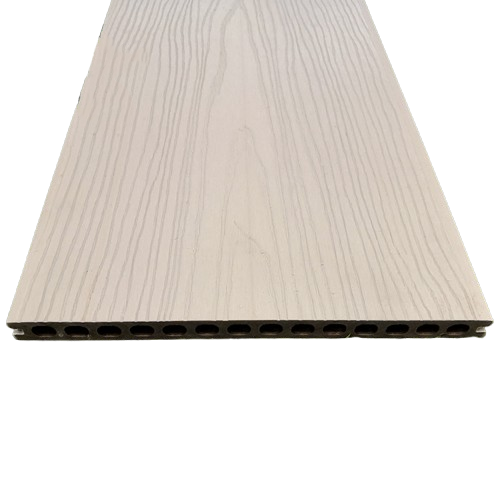
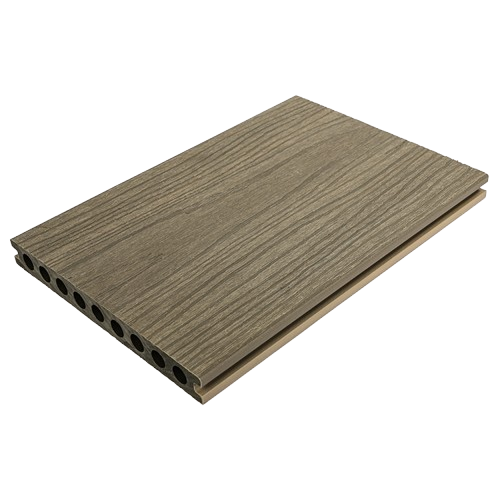
Reviews
There are no reviews yet.